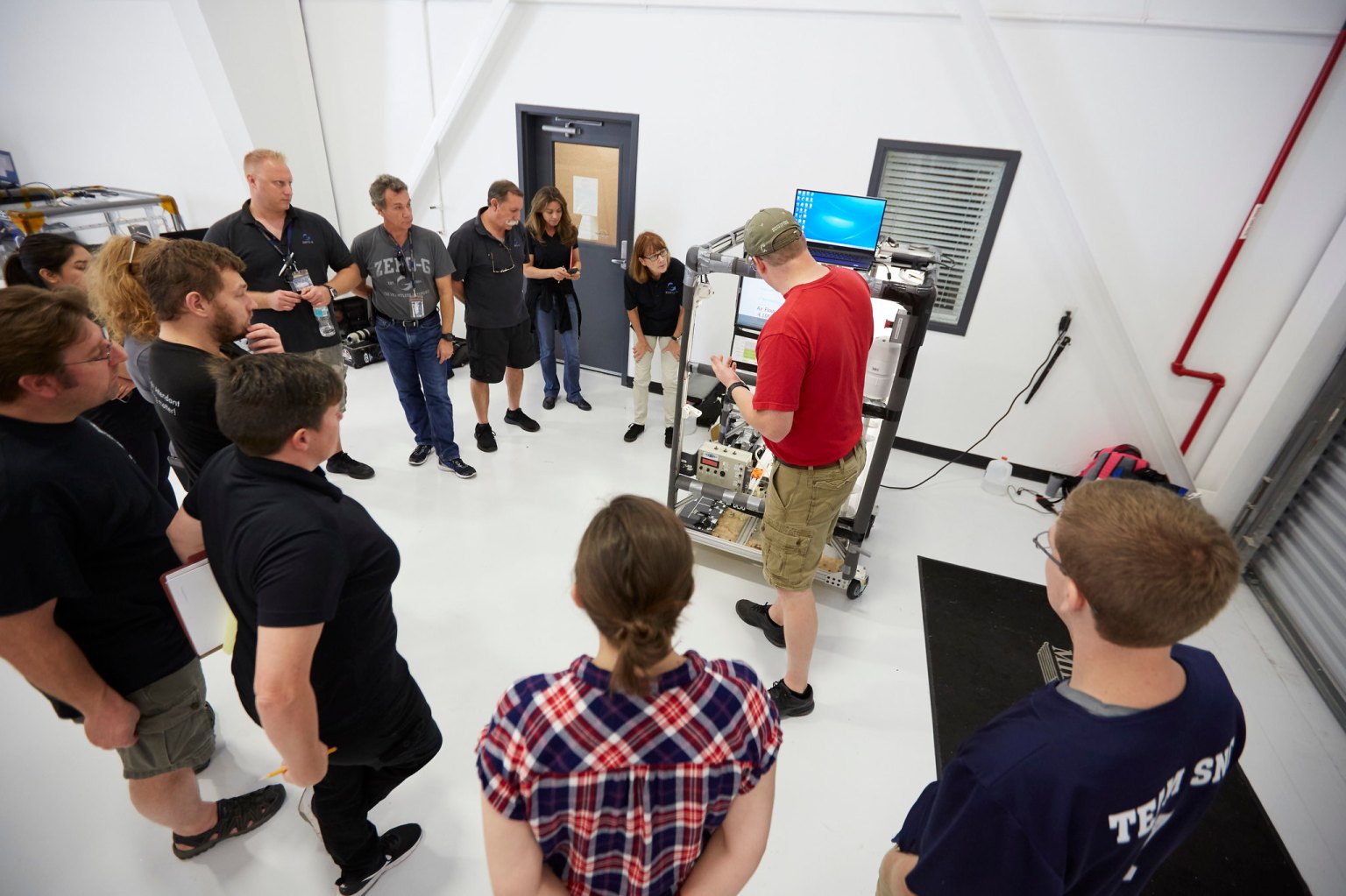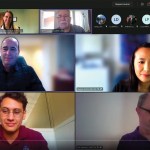Flight Opportunities
Lessons Learned Library
Preparing Proposals
Here are some quick tips to keep in mind when writing proposals to apply for access to Flight Opportunities testing. In some cases, a link is provided where you can hear more about the suggestion from the relevant Community of Practice webinar.
Explore the Community of Practice webinars about Preparing Proposals
Best Practices for Proposals
Do your research on the solicitation
Explore our website to review fact sheets, reports on what has been funded, and details on previous solicitations. Attend the Q&A session to understand the specific requirements and focus points of the solicitation.
Check if your project is within scope
Ensure your technology fits within NASA’s/the commercial space industry’s needs and that it fits within the scope of the Flight Opportunities program. Keep in mind that you will receive feedback on your proposal, providing an opportunity to learn from the process.
Be clear, cogent, and to the point
Don’t repeat information and make appropriate use of the space (e.g., add graphics, data).
Don’t skip the basics
Make sure your suborbital flight testing proposal is self-contained and meets all formatting requirements (e.g., page count, margins).
Put your proposal through peer review
Enlist the help of colleagues to ensure that your ideas flow and that your proposal is easy to read and follow.
About Your Technology
Make the case for flight
Show that you have done any necessary ground-testing to mitigate as much risk as possible, demonstrating that you have a real need to see your technology perform in the flight environment at this time.
Communicate the connection to NASA’s goals
Express how your technology and flight experiment benefit NASA’s mission and the agency’s strategic goals.
Demonstrate others’ interest in your technology
Discuss the potential customers/applications to build a compelling story for your technology (e.g., you could include the detail that NASA is interested). Although cost-sharing is not required, if any additional or matching funds are available, include that information in your proposal.
Explain why your technology is outstanding
Compare it to the state of the art so NASA is aware of how your technology is an advancement over what has been done before or addresses a technology gap.
Provide sufficient technical detail
Providing the technology background, key elements enabling your technology, and relevant performance metrics.
Communicate your technology development plan
Be clear and specific about where you are today with your technology and what applications/benefits you see it having in the future. Refer to NASA’s technology readiness level (TRL) definitions for more information on properly identifying the current TRL of your technology as well as the expected TRL after the proposed flight test. Think about how the flight testing opportunity fits into a progression or iterative plan for widespread commercial application or a future mission (e.g., to the International Space Station, the Moon, or Mars).
Understand the risks and requirements
Be realistic about your minimum, nominal, and extended mission requirements. Take mission operations into account. Consider whether your payload is expendable, keeping in mind that it potentially could be lost. Build in redundancies or safety mechanisms for critical elements. Also, ensure your proposal reflects the time required to obtain any additional paperwork to meet regulatory requirements.
About Flights and Flight Providers
Reach out to flight providers early
Contact flight providers – either those that have flown with Flight Opportunities in the past or other vendors that meet the solicitation eligibility requirements – early in the process to strengthen your proposal:
- Discuss which would be the best vehicle for your needs, determine whether customization is needed/available, and obtain a quote that reflects your test needs.
- For more information about orbital platforms hosting payloads, refer to the State-of-the-Art: Small Spacecraft Technology report published by the Small Spacecraft Systems Virtual Institute (S3VI) to review a selection of companies that host payloads on their orbital platforms. Refer to the specific Flight Opportunities solicitation (e.g., TechFlights) to understand flight provider eligibility requirements.
- Understand vehicle flight profiles and environments (e.g., length/duration of flight, temperature ranges, humidity ranges, vibration/shock.)
- Ask for a payload user’s guide (PUG) with information about weight allowed, maximum dimensions, etc., to use as a starting point for building your payload. The payload integration package (PIP) is another resource for parabolic aircraft for researchers to reference and complete with the details of their payload.
Build a trip to the flight provider into your budget
Obtain a quote from your flight provider to factor into your proposal and gain valuable insight and first-hand experience with payload hardware.
Consider the number of flights you will need
Consider proposing more than one flight test for an iterative development and test approach (i.e., fly-fix-fly). Consider creative funding mechanisms (e.g., cost sharing) to accommodate the cost of additional flights as needed.

































